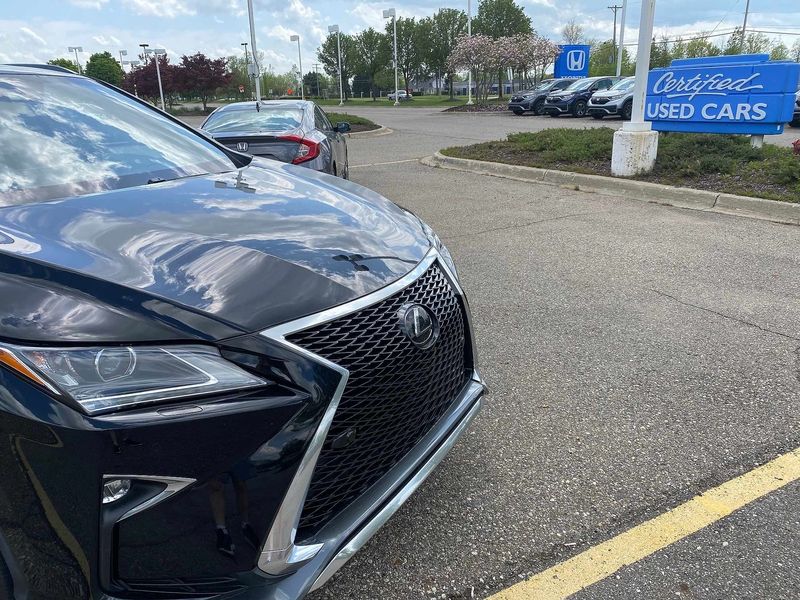
Used-vehicle down payments are the highest they have been since Edmunds started collecting data in 2007.
Unique market conditions have led to lower interest rates, bigger down payments, less negative equity and increased cross-shopping of used vehicles, according to a statement from the company.
The data shows that the average down payment reached $3,167 in June, up nearly 19 percent from June 2019 and up 42 percent from June 2015.
The higher down-payment average is a result of buyers having better credit scores and the ability to afford a higher payment, said Jessica Caldwell, executive director of insights at Edmunds. The pandemic made it more difficult for some people to spend money, plus many people were getting stimulus checks, making it likely they had more money in their pockets.
Additionally, Edmunds research shows interest rates on used vehicles fell to 7.8 percent in June, a drop of 0.8 percent from a year ago.
“The people that are buying used have a better credit profile, so they are qualifying for lower interest rates, combined with the fact that some automakers are pushing their low interest rate for their certified pre-owned [vehicles],” Caldwell told Automotive News.
Negative equity also is at its lowest level so far in 2020 at 26.3 percent, according to the statement. This is a stunning reversal from the previous month whennegative equity on trade-ins was the highest Edmunds had ever recorded.
“People are having to make better financial decisions right now,” Caldwell said.
The statement said there are fewer people trading in vehicles when they purchase a car. The coronavirus outbreak has led some Americans to stay away from public transportation, and first-time buyers are entering the used-car market.
But people skipping public transportation or seeking refuge in the used-car market in lieu of purchasing a new vehicle will not be a long-term thing, Caldwell said.
“In general, the effects are fairly short-lived,” she said.